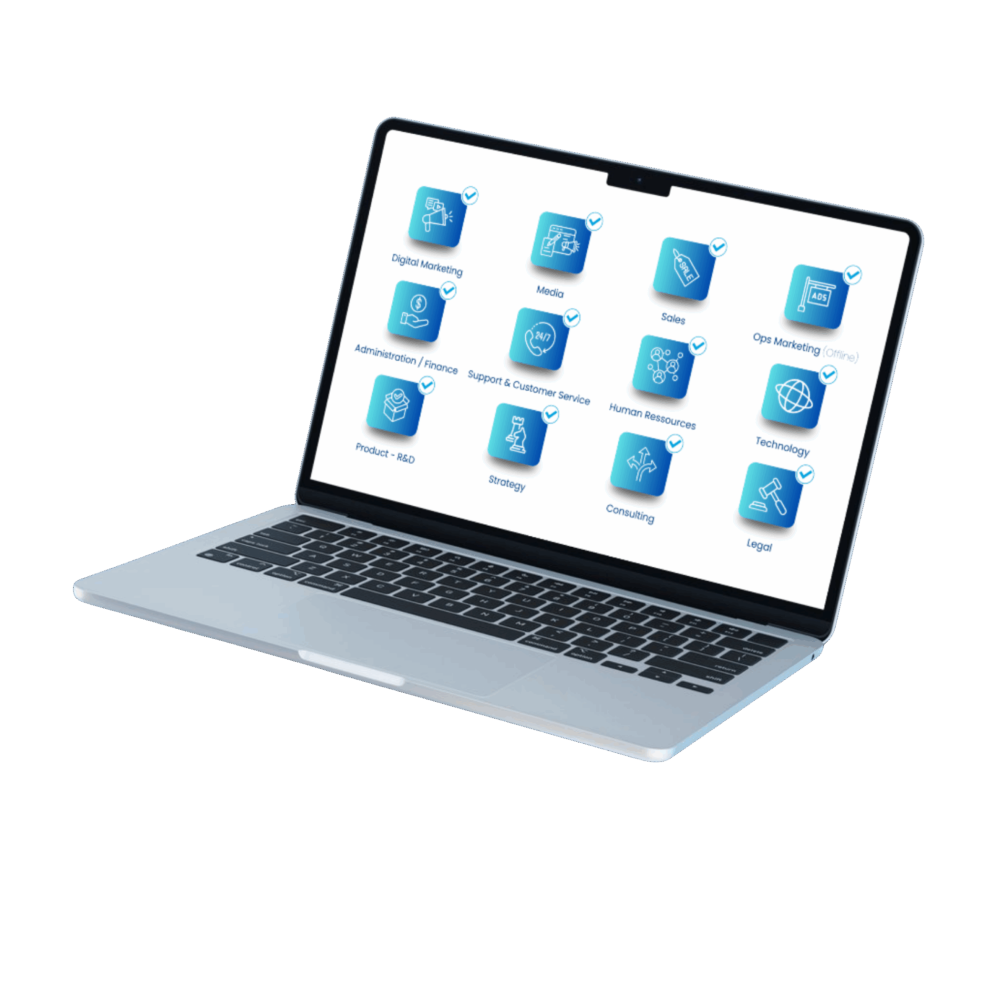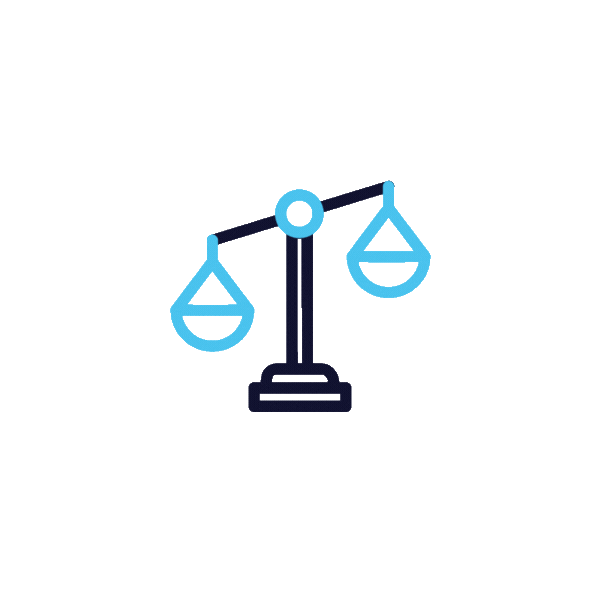
How to get more time with sales AI

Most commercial teams do not spend the majority of their week selling. If you lead sales for a data or technology company, you likely feel this every day. Administrative updates, research, and internal coordination eat hours that should be customer-facing. Across B2B and business-to-developer motions, the result is the same: less pipeline progress and slower deals.
Key Insight: Sales teams typically spend only 35% of their time actually selling. AI automation can reclaim up to 25 additional selling hours per rep monthly.
Consider a familiar scenario. Your account executives start the morning with good intentions, but they first clean up customer relationship management records, hunt for a contact’s updated role, compile last meeting notes, and check who is actually using a trial application programming interface key. By the time they craft follow-ups, half the morning is gone. This is where artificial intelligence can give you back time without sacrificing quality or control.
Teams that adopt practical, well-governed automation report material gains. A mid-market software provider using artificial intelligence to auto-summarize calls and orchestrate follow-ups recovered double-digit hours per representative each week. Another team used automated research and routing to accelerate qualification and reduced lead response times from days to hours. The pattern is clear: when you remove routine steps, selling time expands.
The Time Crunch Challenge in Modern Sales

Administrative Tasks Eating Your Day
Modern sales professionals face a real time management problem. According to Harvard Business Review research, a significant share of work hours is spent on administrative tasks instead of prospect engagement and opportunity advancement.
The daily grind of customer relationship management updates, data entry, and report generation creates a bottleneck that hurts both morale and revenue. In complex industries such as aviation data and logistics technology, additional steps like legal reviews, compliance checks, and proof-of-concept coordination expand the administrative load even more.
Lead Qualification Bottlenecks
Traditional lead scoring methodologies require manual research and evaluation for each prospect, sometimes taking hours per account. This slows pipeline progression and reduces the count of qualified opportunities that a team can pursue in a given week. For providers of application programming interfaces for flight and airport data, qualification can involve validating technical fit, data coverage, and integration constraints that are not obvious from a website form.
Industry analysis shows that sales professionals spend a meaningful portion of their time researching prospects when that time could be spent in discovery calls or product workshops. The impact is clear: velocity slows when qualification lags.
The Cost of Inefficient Processes
The financial implications are substantial. Sales productivity metrics consistently show that organizations lose revenue when teams are trapped in manual steps such as repetitive data entry, document routing, and ad hoc research.
Beyond direct cost, these inefficiencies ripple across the organization. Representatives report higher stress, lower job satisfaction, and inconsistent customer experiences when paperwork dominates their day. The practical solution is to introduce artificial intelligence powered sales automation to streamline these workflows so human energy returns to high-value conversations and deal strategy.
AI-Powered Solutions for Sales Time Optimization

Automated Lead Scoring and Prioritization
Modern artificial intelligence in sales can analyze thousands of data points in seconds and assign dynamic scores that reflect fit and intent. These models factor in firmographics, technographics, engagement signals, and even relevant news or regulatory updates. For aviation data providers, this might include route expansions, new airport partnerships, or research projects that suggest a growing need for accurate flight and airport data.
Organizations implementing these systems see better prioritization and fewer missed opportunities. When the model surfaces deals with a high likelihood of conversion, teams spend more time in discovery and less time guessing where to focus.
Transform Your Process: AI-powered lead scoring can reduce qualification time from hours to minutes while improving accuracy by analyzing behavioral signals and intent data in real-time.
Intelligent CRM Data Management
Manual records management has to go. Automated data enrichment tools now maintain contact accuracy and deduplicate records, and they flag out-of-date profiles before issues arise. Introduce customer relationship management (CRM) automation that validates titles, company changes, and opt-in status while logging interactions consistently, and your representatives spend minutes instead of hours on hygiene.
In regulated domains, these capabilities also improve compliance by ensuring that consent, data lineage, and usage notes are tracked in an auditable way. Strong data quality is the foundation for trustworthy scoring, forecasting, and account planning.
Smart Email Sequencing and Follow-ups
Email automation platforms do far more than schedule messages. Today’s systems analyze engagement patterns and sending windows, then adapt the sequence for each contact. Natural language processing helps draft replies that sound like your brand and your people, which saves time while keeping communication authentic.
- Real-time engagement tracking
- Automated response generation
- Behavioral trigger automation
- Smart A/B testing capabilities
Used well, these tools lift reply rates and shorten response cycles. That means representatives move faster from first contact to a real conversation.
Key Sales AI Tools That Save Hours Daily

Conversation Intelligence Platforms
Sales conversation analytics can transcribe calls, summarize actions, and highlight objections automatically. Representatives get searchable notes in minutes, managers coach with facts rather than memory, and product teams collect structured feedback. For a sales engineer demoing an application programming interface to a developer, this is priceless. The system captures technical questions, security concerns, and integration blockers without manual note-taking.
Leading platforms show consistent time savings from automated post-call documentation. The output is not just faster, it is more consistent and easier to review across the team.
Predictive Analytics for Pipeline Management
Forecast accuracy improves when models learn from historical outcomes and current deal signals. Predictive tools can flag at-risk opportunities, suggest next steps, and even quantify the impact of stakeholder gaps. For example, if a deal involving a data licensing agreement lacks procurement involvement by a certain stage, the system can nudge the owner to involve the right contact early rather than late.
Shorter cycles and fewer surprises follow. Dashboards become decision aids, not just reports.
Automated Prospecting and Research
Automated prospecting systems identify ideal customer profiles and generate contact lists that match your real buyers. In aviation and logistics, that could be operations leaders at airlines adding routes, data science teams at travel applications, or analysts at research institutions launching new mobility projects. These tools compile rich profiles, from recent corporate updates to relevant technology stacks, so representatives can personalize fast without spending hours on detective work.
With careful setup, teams can automate contact verification and enrich records with publicly available technographic signals, then route qualified prospects directly into the right sequences and territories. That is time you get back immediately.
Implementation Strategies for Maximum Time Savings

Assessing Your Current Sales Process
Start with a structured sales process audit that maps how time is actually spent. Observe a typical week: prospecting, discovery, demo preparation, proposal drafting, legal review, and internal coordination. Note where steps repeat or where handoffs slow down. In the aviation data sector, this almost always includes technical scoping and data coverage validation. Capture a baseline for metrics such as administrative hours per representative, average cycle length, and first-response time.
Gradual Integration Approach
Apply sound change management. Pilot one artificial intelligence assisted workflow, prove the value, then expand. For example, begin with automated email sequencing for inbound developer sign-ups. Once adopted, add predictive lead scoring for outbound accounts. This keeps cognitive load manageable and builds trust. Leaders who stage changes this way consistently see higher adoption and less disruption.
Training Teams for AI Adoption
Training is not optional. Build a practical program that explains why each tool matters, how to use it, and what good looks like. Show quick wins inside your own data, not a generic demo. Identify a few power users who enjoy experimentation and can coach peers. Give them advanced sessions and early access to new features. Then run regular feedback loops and publish simple playbooks so the practices stick across onboarding and role changes.
Track adoption in performance analytics dashboards and refine the rollout based on real usage. The aim is not to replace human judgment. It is to free your team to apply judgment where it matters most.
Implementation Success: Teams that adopt AI gradually with proper training see 3x higher adoption rates and reach full productivity gains within 90 days.
Measuring ROI Time Saved vs Investment

Key Performance Indicators for Time Savings
Define a small set of sales performance metrics before you start. Useful indicators include average time to complete recurring tasks, share of time spent in customer conversations, first-response times, and administrative hours saved per representative. In B2B sales automation, clarity on these inputs makes performance conversations objective instead of opinion-based.
Calculating Productivity Gains
Use productivity measurement tools to quantify changes month over month. Many teams report fifteen to twenty-five additional selling hours per representative each month when automation is implemented with clear workflows and training.
When measuring gains, focus on these areas:
- Time saved on repetitive tasks
- Increase in customer-facing activities
- Reduction in manual data entry
- Improved lead response times
Tie improvements to outcomes, such as more discovery calls booked, higher conversion to technical validation, or faster contract turnaround. That is how you connect time savings to revenue impact.
Long-term Value Assessment
Evaluate value across quarters, not just weeks. Include compound benefits like cleaner data, better forecasts, and stronger coaching. A simple return-on-investment framework that blends quantitative metrics with qualitative feedback from representatives, sales engineers, and customers will help you decide what to scale, what to adjust, and what to retire.
Finally, consider scalability. The best systems get better as your dataset grows, especially when you capture consistent activity data and outcomes.
Real-World Success Stories and Case Studies

Enterprise Sales Team Transformation
A global technology organization reduced administrative workload by more than half within six months by automating data entry, meeting summarization, and contact management. Representatives spent far more time with customers while leadership gained clearer visibility into real activity.
When post-call notes and next steps appear automatically, managers coach sooner, and deals move forward with fewer handoffs. The gains are practical: faster follow-ups, fewer errors, and better alignment across sales and engineering.
Small and Medium-Sized Business Quick Wins with AI Tools
A small software company started with one workflow: automated lead scoring and email sequencing for inbound requests. Within a quarter, they saw measurable time savings, higher reply rates, and more qualified meetings. By proving value one workflow at a time, the team built confidence and expanded to call summaries and predictive pipeline insights.
Industry-Specific AI Applications
In aviation and travel technology, artificial intelligence accelerates complex cycles. A provider of flight and airport data can use intent signals such as new route announcements, airport expansion plans, or research funding calls to prioritize outreach, then let conversation intelligence capture technical requirements during early demos. The result is less manual research, fewer missed follow-ups, and a cleaner handoff to implementation teams.
If you want to see how different teams structure their rollouts and measure results, explore our AI tools success stories for patterns that you can adapt to your context.
Future Trends and Recommendations
Emerging AI Sales Technologies
Next generation sales AI is moving from single-task assistance to coordinated, multi-step workflows. Expect more contextual recommendations, stronger natural language capabilities, and agents that can execute routine tasks with supervision. For teams selling technical products such as data application programming interfaces, this means faster research, better summaries, and consistent follow-through across long buying groups.
Action Steps for Implementation
Begin with a time allocation audit, shortlist one or two automation opportunities with clear value, select tools that integrate with your systems of record, and define an implementation timeline with milestones and owners. Keep security, data privacy, and auditability in scope from day one, especially if you serve regulated industries or handle sensitive data.
Final Recommendations
Success with sales productivity tools comes from balance. Automate the repetitive, preserve the human moments, and review metrics regularly. Start small, communicate clearly, gather feedback, and iterate. The objective is not only to save time but to redirect it toward deeper discovery, clearer proposals, and stronger long-term relationships.
The integration of artificial intelligence in sales is now a practical path to reclaim hours every week. From automated lead scoring to intelligent customer relationship management updates and conversation analytics, the gains are real when you design for adoption, measurement, and governance.
Transform Your Sales Process with AI
Ready to reclaim selling time with AI? For a tailored roadmap to maximize your team’s productivity and accelerate revenue growth.
Frequently Asked Questions About Sales AI Time Management
Common Questions and Expert Answers
How much time can artificial intelligence realistically save in sales processes?
Based on widely reported sales automation statistics, organizations often save fifteen to thirty hours per sales representative monthly when workflows are implemented and adopted properly.
Will artificial intelligence replace human sales representatives?
No. Artificial intelligence augments human work. It handles routine tasks so people can focus on discovery, problem solving, and relationship building.
How long does it take to see results from AI sales tools?
Many teams see early signals within four to six weeks of a focused pilot. Full benefits typically arrive after one to two quarters as adoption and data quality improve.
What tasks can sales artificial intelligence automate?
Common use cases include email follow-ups, meeting scheduling, call transcription and summarization, lead scoring, data entry, and routing basic inquiries to the right owner.
How do we maintain personalization with automation?
Use templates as a starting point, then personalize the first lines and calls to action. Natural language tools can help draft, but keep human oversight for tone and context.
What is the learning curve for sales teams?
With role-specific training and simple playbooks, most teams become proficient within four to eight weeks. Adoption strengthens when you show value using your own data and examples.
How do we measure success?
Track time saved per representative, increases in customer-facing activity, faster reply times, and gains in qualified pipeline. Connect time savings to outcomes such as more discovery calls and shorter cycles for a complete view.
Share this article
Share this article on your social networks


